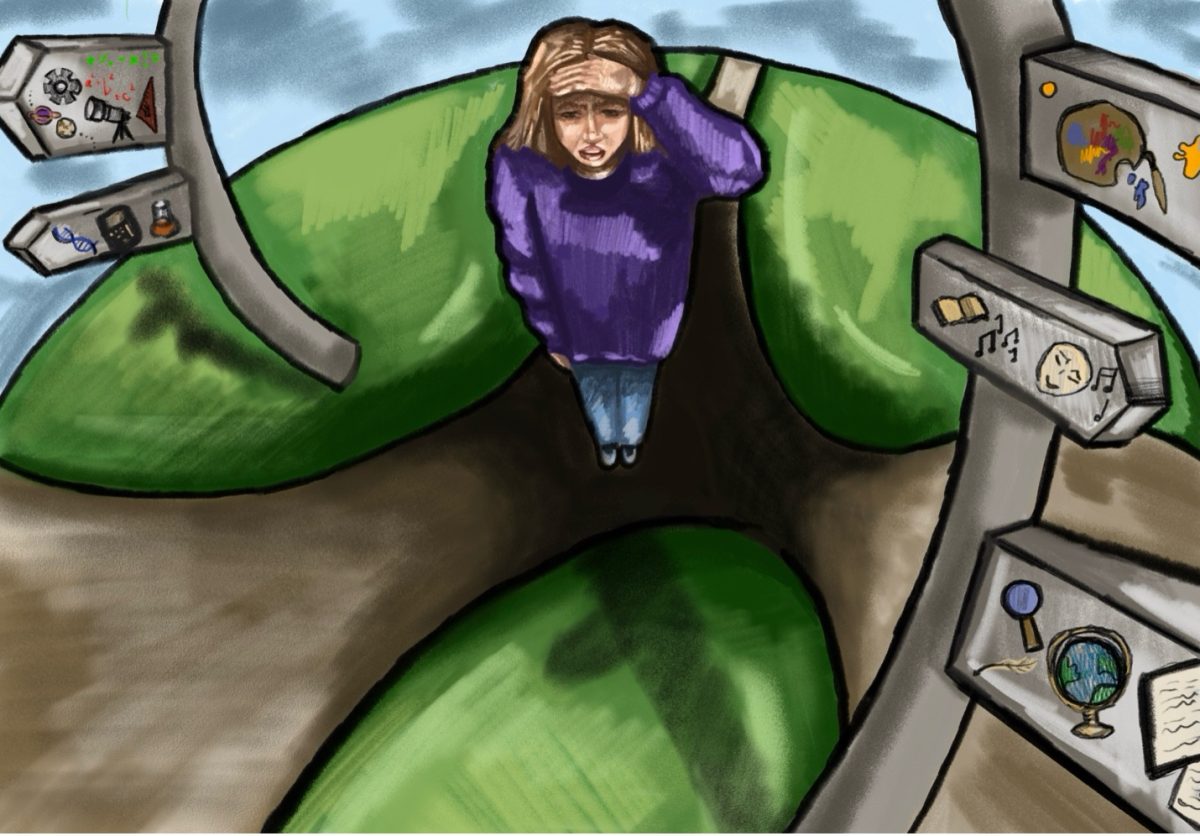Lately I’ve been having déjà vu experiences whenever I browse the Internet. I recently clicked on an RSO’s Web site and couldn’t shake the feeling that I had seen it before, even though I knew it had just launched. There is no real mystery to this feeling, though: So many Web sites created or redesigned within the last few years tend to share the same few characteristics, including friendly-looking sans serif fonts, content enclosed in boxes with rounded corners or circles, and a muted color palette consisting largely of blue, white, and gray. Take a look at, for example, the sites for Instagram, Dropbox, Organizing for Action, and Ventra cards. Their similar looks are essentially the Internet equivalent of a fleece jacket, black leggings, and sheepskin boots. The sites serve diverse purposes. Yet if I were to shut my laptop right now, I would not be able to remember what distinguished one site from another besides the logos.
To be sure, the sites are all crisp and professional looking, and they present a big improvement from the aesthetic prevalent 10 or 15 years ago, when Web site creators seemed to either barely bother with or get a little overexcited about GIFs, clashing colors, and font changes. However, it’s possible to look modern without looking homogeneous. The layouts of sites such as Facebook, Google, and Wikipedia are instantly recognizable. When television shows or movies show characters browsing the in-universe versions of those Web sites, it’s easy to guess what their real-life counterparts are supposed to be.
Certainly, standardization is useful. It’s good, for instance, that once you see a navigation bar or menu on one Web site, you can easily figure out how to navigate other Web sites. It’s also quite sensible for Web sites of individuals or small organizations to stick to some kind of template, as the opportunity cost of a unique design can be quite high given the options already available for building Web sites.
But I see few reasons for the Web sites of larger organizations to look so similar. It’s possible that the same set of people may have been involved in designing all of the sites I mentioned above, in which case kudos to them for getting so many clients. Otherwise, it almost seems as though all these different sites are deliberately trying to look like one another. Years ago, when journalists were breathlessly reporting on this newfangled thing called “Facebook,” I read a magazine article praising the site for its minimalist blue and white design that set it apart from many other Web sites. Perhaps today’s Web site designers noted the praise given to Facebook’s design choices and overlooked the bit about the usefulness of distinguishing oneself.
These days, innovation is closely associated with the Internet. However, I sometimes think that our expectations for what new things should look like put constraints on innovation. For example, this summer, a Pinterest board listed 161 start-ups whose names had the suffix “li” or “ly” (as in the end of most adverbs). Some of the names were actual words or variations thereof (such as Strikingly or admitted.ly), but a lot of the other ones were just confusing (Resultly, Scopely). I imagine that the first few start-ups that chose such names just happened to like the way they sounded, but that subsequent start-ups registered the level of success that these first start-ups had gained and then decided that having the same suffix in their names would also bring them success. The effect, though, is that figuring out which start-up is which becomes rather difficult. How does one remember the difference between Quikly and Fastly?
Pete Seeger sang the song “Little Boxes” about the homogeneity of suburbia. Perhaps an updated song could be written about parts of the Internet. I don’t find anything intrinsically wrong with sans serif fonts or blue-gray color palettes—on the contrary, I make use of both quite frequently in my daily life. Nevertheless, what’s the point of having so many other design options if people choose not to exercise them? Perhaps the striking aesthetic similarities of so many Web sites are due to choices intended to be maximally inoffensive. I’ve never heard anyone grumble about the color blue.
But if innovation is about taking risks, surely trying out something like orange text is a risk one ought to be able to take.
Jane Huang is a fourth-year in the College majoring in chemistry.







